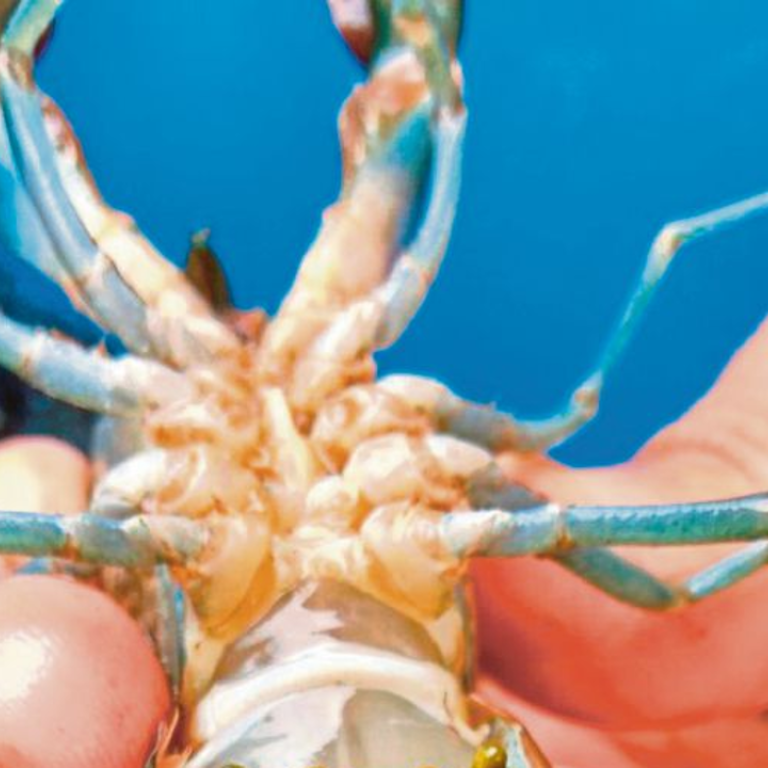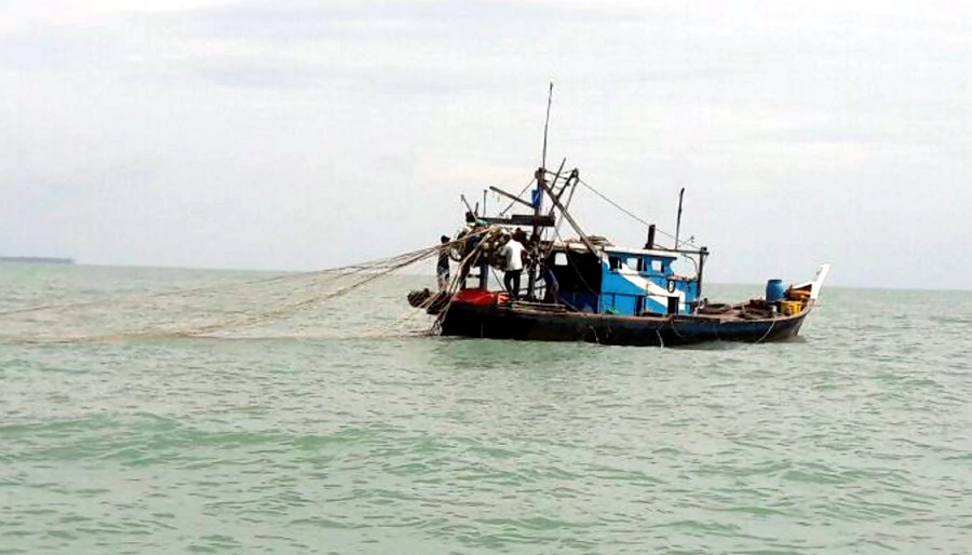
Alien fish ‘killing’ local boat operators in Malaysia
Banned red claw crayfish has made its way into the streams of Malaysia, causing much devastation to angling boat operations in the affected region
By ROSLI ZAKARIA
The invasion of the banned red claw crayfish (Cherax quadricarinatus) in several rivers in Johor, Malaysia, has become so devastating that angling boat operators hired by giant shrimp anglers have to literally close shop.
Mohamad Said Hassan, 47, from Tangkak, Johor, who invested his income, partly derived from fishing giant shrimps, in 20 boats, is looking at a bleak future now that anglers no longer hire his boats.
“Business was bad last year. My boats were hired for only one month. I had no business for the rest of the year because the population of the red claw crayfish and African catfish in Sungai Muar has upset the ecosystem,” he said.
“This river used to be a haven for giant shrimp anglers. But now, the baits are either taken by crayfish or African catfish,” said Said, who claimed to have witnessed a group of people releasing three tonnes of catfish into the river to fulfil religious vows.
He said while the African catfish devoured any kind of fish, the red claw crayfish were omnivorous and would eat anything from fish, snails, aquatic plants, algae to sunken wood.
“It is an efficient aquatic scavenger, and for that reason, the red claw crayfish have destroyed breeding grounds of indigenous species and the natural food on which the local species depend,” he added.
Mohd Ilham Norhakim Lokman, 30, a fish seller in Muar, Johor, said he used to catch many giant shrimps, but since last year most of his shrimp traps were filled with crayfish.
He said the crayfish were abundant in the clear river water, brackish water and black water streams as well as in the irrigation canals and in the Bekok Dam in Muar.
Norhakim said he had consulted the Fisheries Department and ichthyologists on the threat of the red claw crayfish, but nothing much could be done to stop the invasion.
“If predatory fish is considered destructive to the aquatic biodiversity, the red claw crayfish is devastative. The damage is done and the days of local aquatic species, including aquatic plants, are numbered,” he added.
The red claw crayfish is native to freshwater creeks and water bodies in tropical Queensland, the Northern Territory of Australia and southeastern Papua New Guinea. It has been widely translocated around the world, and is considered an invasive species.



